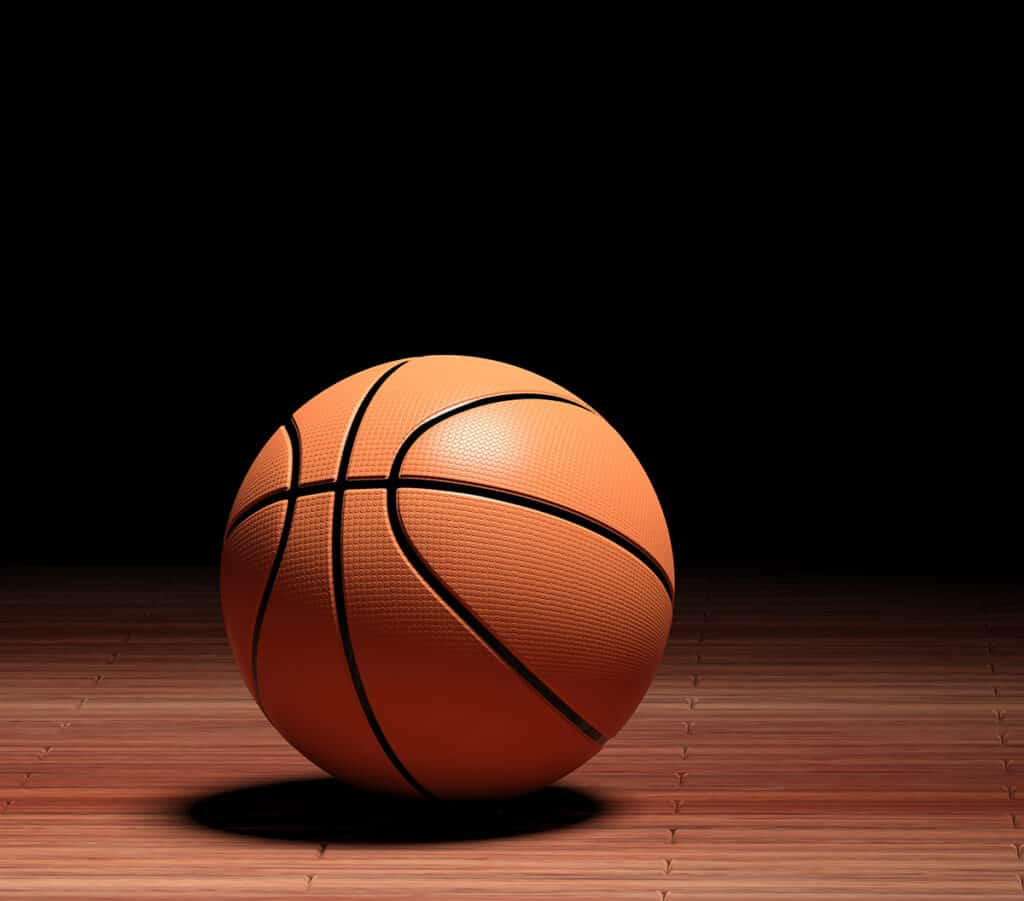Who Invented Basketball? History and Patents Behind the Invention of the Sport

With March Madness just around the corner, you might be wondering about the origins of the sport that captivates the nation for a few coveted weeks every year: Basketball. For many of us, March Madness is the perfect excuse to engage in some friendly competition whilst watching sports for hours on end. Whether your alma mater made it to the tournament this year or you’re just interested in following the teams and tracking your bets, March Madness is an event that the entire country raves about every single year. Go to any bar, restaurant, or college town in March and it’s almost guaranteed that you’ll see youngsters and elders alike decked out in their favorite basketball team’s apparel. But have you ever stopped to think about when, and more importantly how, this sport came to be? You’ve come to the right place if you’re interested in learning more about the invention of basketball, as well as the role patents played to solidify its place in history.
Who invented it?
Basketball was created by James Naismith in 1891. Mr. Naismith was a physical education teacher at the International YMCA Training School in Springfield, Massachusetts. It was wintertime and he needed to find a creative way to exercise his students indoors due to the frigid Massachusetts weather. Mr. Naismith and his students ended up using a soccer ball, two peach baskets, and an improvised set of rules to devise the game that we all know and love today. The game changed and adapted over time, and thanks to the expansive reach of the YMCA, quickly gained popularity across the globe.
Though it was initially played using a soccer ball, Mr. Naismith knew that he needed to devise an alternative that would be better suited for the game. With the help of A.G. Spalding, the man who had developed the first American football in 1887, the first basketball was created. It was characteristic of a football in that it, too, had lacing. However, instead of being a prolate spheroid shape, it was just a plain old sphere. This original design proved to have some issues; the cumbersome lacing and paneling that came together at a point created an awkward shape and made the balls imbalanced and fragile. In 1929 George L. Pierce created a basketball with improved panels stitched together as opposed to laced, yielding better balance and durability. He was awarded the first patent for his groundbreaking design of the basketball we know today. Though several other basketball patents have since been granted, it is noteworthy that the ball’s basic construction remains the same as Price’s invention in 1929.
What patents are there?
Since you don’t see peach baskets being used in modern-day basketball, you might be wondering what patents led us to the basketball hoops that are used in the game today. While the general shape and appearance of the hoop is similar to a peach basket, there have been several advancements made with respect to the engineering of the hoop, net accessories, and supports that go along with it. In 1909, Milton Reach patented a method to easily anchor and remove the “basket ball goal” to and from the wall. Then, on July 8, 1919, Frank Albach patented the addition of holes to the rim enabling the user to thread a cord through them AND attach a net to the hoop. Just weeks later on July 25, 1919, Philo Medart patented the “back stop”, which we now know as the backboard. In 1930, William Wallace improved upon the initial removeable goal idea patented by Milton Reach by introducing the concept of a backboard and hoop assembly that simply retracts up to the ceiling. This retractable assembly is still used in gymnasiums across the globe today. In September of 1939, Alvie E. Sandeberg was awarded two patents within the same week (a design patent and a utility patent) for a new and improved way of attaching the net to the hoop. Instead of having to tie or lace the net to the hoop, you simply hook the loops of the net onto the connectors that run the circumference of the ring. This is a method that is still used almost universally in basketball hoops today.
While the ball and the hoop are essentially the only things necessary to play basketball, there are also a number of patents that equip the user with different ways to practice the sport. In 1955, Dennis Caroll patented a training tool that enabled players to practice tipping the ball into the basket. The invention simply consisted of a lid to cover the basket, allowing players to repeatedly practice tipping the ball into the hoop. A strength training tool that also encourages jumping, grabbing rebounds, and using both hands was patented in 1961 by Glen Nelson. Another fairly simple design, this tool is made up of a ball tethered to a flexible cord that can be adjusted in height. Instead of having to perfectly throw a ball for players to jump up and grab, the ball is suspended by the cable which can be adjusted to different heights to fit the needs of the individual. A few years later in 1966, Joseph King invented a ball return device that improved upon a previous design. Prior to King’s invention, ball return devices were fixed in a certain position, so the ball would always be returned to the same location after it went through the hoop. King’s design had a moveable point of return so that shots could be practiced (and returned) at different locations on the court. Some more recent patents consist of Robin Bramlette’s 2015 patent and Patrick Bowling’s 2018 patent. Bramlette patented a ball that has handprints marked on it, so the user knows exactly where to place his or her hands whilst trying to achieve ball control. Bowling’s patent is an elaborate device that encourages proper form when trying to shoot the basketball into the hoop. It includes a component that attaches to the rim, a return chute, and an apparatus on the floor that forces the user to maintain a proper stance while shooting. These patents, among many others, have contributed to the constant development of the game throughout the years.
Over time, the sport of basketball has changed and evolved, with much of this change being attributed to new designs and patents. Had George L. Pierce not patented and improved upon the original design of the basketball itself, the game that we all know and love today might look very different. Some of the patents may seem small OR even a bit trivial, but they have changed the game over time to become one of the most well-loved sports in history.








